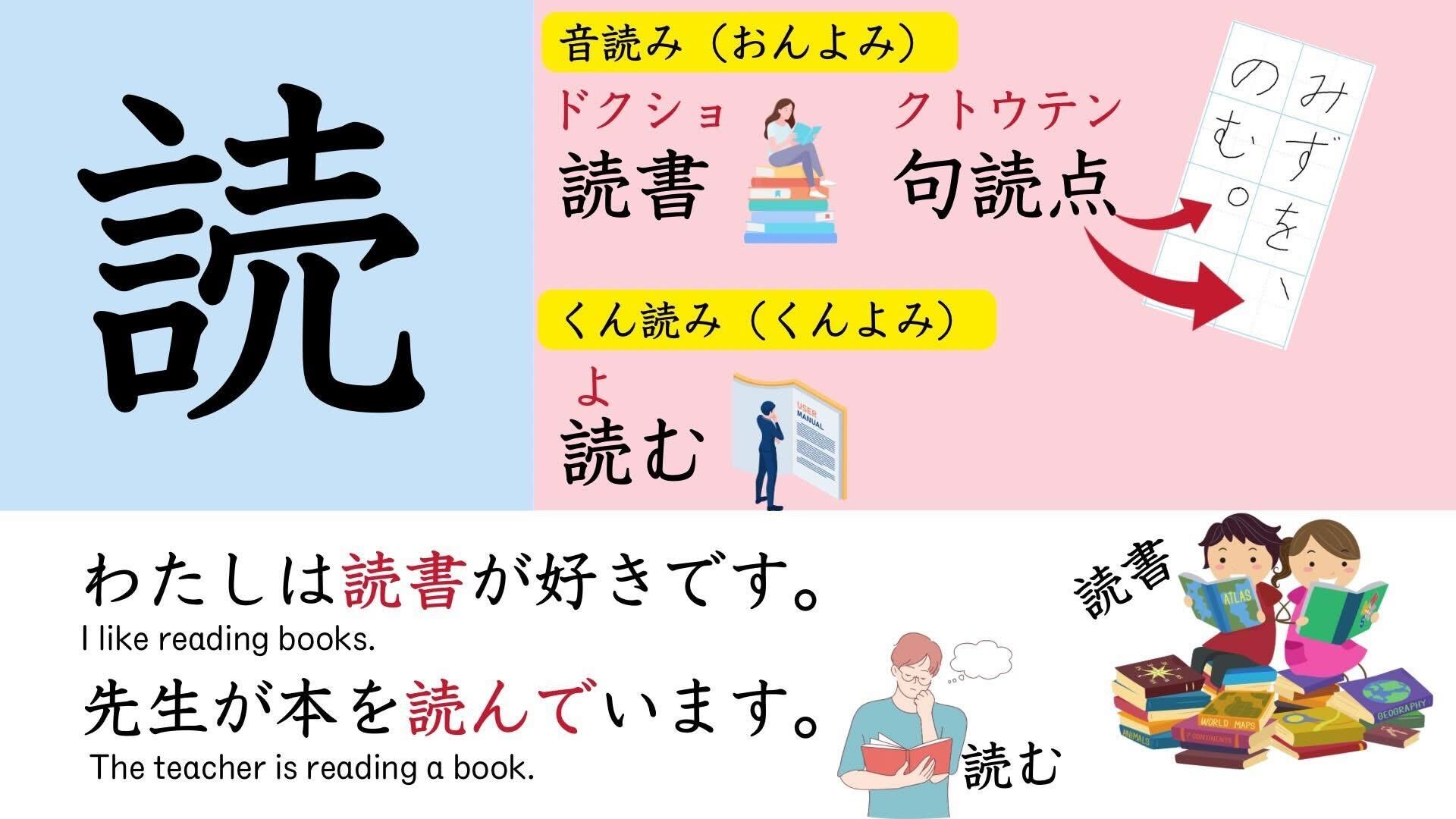
Is your child struggling with learning Kanji?
Many Japanese students also struggle with mastering Kanji.
It is indeed a challenge for children. I struggled myself when I was in elementary school.
Over my 10 years of teaching as a homeroom teacher, I have noticed five common characteristics among children who can't remember Kanji.
- Their stroke order is all over the place.
- They repeatedly write Kanji in their notebooks for practice.
- They practice Kanji without understanding its meaning.
- They don't look at the radicals when learning Kanji.
- They don’t know how to use Kanji in sentences.
Let's tackle these issues one by one, starting with the first.
1) Their stroke order is all over the place.
You can't remember the Kanji if you write it in a different stroke order every time.
Not all Japanese adults remember the exact stroke order of all Kanji, but it is definitely beneficial to remember the correct stroke order for the Kanji taught up to the third grade of elementary school.
Being able to write Kanji in the correct stroke order makes it easier to write complex Kanji, and if it's easier to write, it’s easier to remember.
Worksheets and apps are effective tools to understand the basic rules of stroke order.
2) Repeatedly writing Kanji in notebooks
It takes a lot of time to write Kanji over and over in a notebook, and it’s not very effective. This is because it’s meaningless if you don’t know how to use the Kanji in sentences.
Some kids practice a lot but can't answer when I ask them how to read a Kanji or what it means. That’s a waste.
To practice more effectively, focus on the meaning and usage of Kanji instead of just copying it. Incorporating games and activities using Kanji can lead to more practical learning.
Also, it is important to be able to read Kanji fluently before practicing writing.
You can’t use it in sentences if you can’t read it, even if you practice writing it many times.
3) Practicing Kanji without understanding its meaning
Some kids see Kanji as just symbols, not understanding their meaning or background.
Encourage them to take interest in the meaning and origin of Kanji, and provide opportunities to learn through reading and stories.
4) Not looking at the radicals
Ignoring radicals leads to unclear understanding and memorization of Kanji. Enhance understanding of the meaning and role of radicals, categorize Kanji by radicals, and strengthen memory.
Using radical information when memorizing words also strengthens the connections between Kanji. Knowing radicals helps you guess the meaning of a Kanji.
Games and puzzles using radicals can make learning fun.
5) Not knowing how to use Kanji in sentences
Some kids are unsure how to use Kanji in sentences due to a lack of understanding of its usage and grammatical requirements.
Practice writing sentences to learn how to use Kanji in context, and discuss with others to practice Kanji in real communication scenes.
Understanding Kanji Struggles: Effective Support Strategies for Your Child
The reasons why some kids struggle with reading and writing Kanji vary.
The common advice of "Try harder, write more in your notebook!" can be seen in various situations, but it is inefficient and can make kids dislike Kanji and even studying Japanese itself. Making kids write a wrong Kanji 10 times in their notebook is painful and not very effective.
First, clearly identify what your child is struggling with and where they are stuck. Providing the right support based on each child's reason for struggling with Kanji is necessary.
Especially for children of foreign nationality, they need to learn the meaning and usage of the Kanji words at the same time as memorizing the Kanji.
Studying like Japanese children is time-consuming and inefficient.
Therefore, I have created worksheets that include the stroke order of Kanji, the meaning of words using the Kanji, illustrations that match the meaning, usage in sentences, and English translations of the sentences.
Including English translations enables parents to support their children's learning.
In my next post, I will explain about recommended and not recommended Japanese materials for children learning Japanese as a second language.
I will continue to post helpful methods for learning Japanese, so please follow me if you are interested.
Many students have reserved my lessons, and I am very grateful.
I can accept only one or two more student at this moment.
If you are interested in my lessons, please contact me soon.
